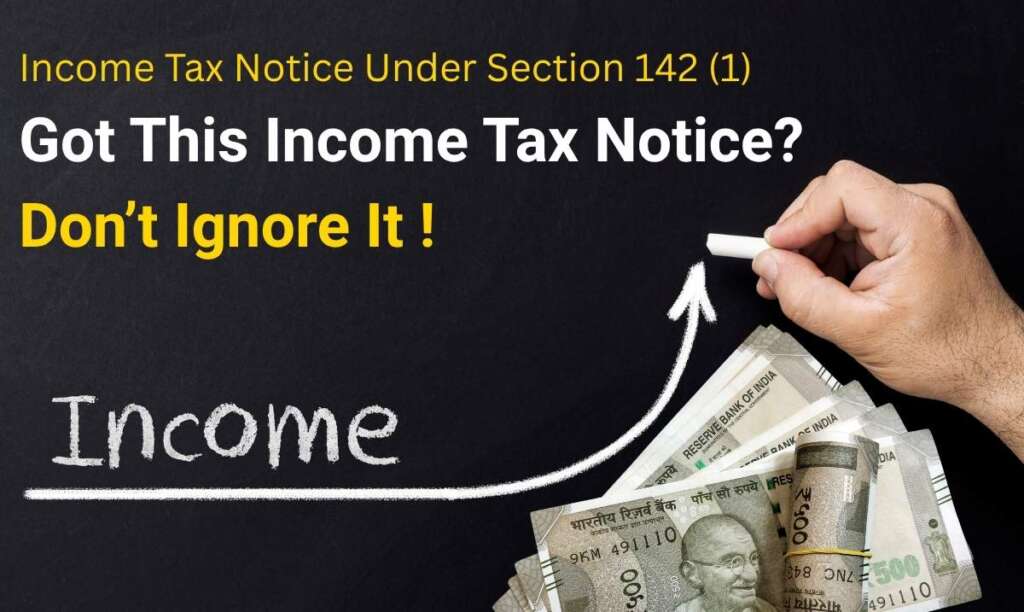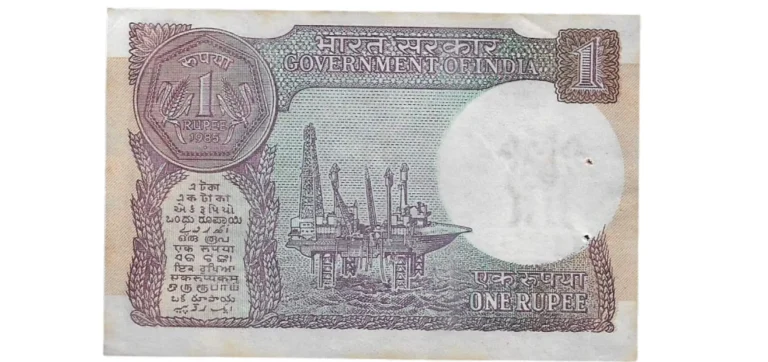
If you’ve received a Section 142(1) notice from the Income Tax Department, don’t worry—it doesn’t mean you’re in trouble. This type of notice is simply a formal way for the department to ask you for more information or to remind you to file your income tax return. In this article, we’ll explain what this notice is, why you might receive it, and how to deal with it—all in simple language.
What is a Notice Under Section 142(1)?
A notice under Section 142(1) is a legal communication sent by the Income Tax Department asking you to file your income tax return (if you haven’t already) or to provide specific documents or information related to your income, deductions, or assets. It’s part of a routine inquiry process during assessment. This means the tax officer wants to double-check the details you’ve shared (or didn’t share) before completing your tax assessment.
Who Can Receive This Notice?
This notice can be issued whether you’ve filed your return or not. Even if your income is below the taxable limit and you’re not normally required to file an ITR, if you receive a notice under Section 142(1), you are legally required to respond. In short, anyone—salaried employees, business owners, pensioners, or freelancers—can receive this notice if the department needs more information.
When is It Usually Sent?
A Section 142(1) notice can be sent after the due date for filing your return has passed. If you haven’t filed your return on time, the department may send this notice asking you to file it within a specific deadline. Even if you’ve already filed, you can still get this notice if the Assessing Officer finds gaps or discrepancies in your return. It can even be issued after the assessment year ends—there’s no fixed deadline for it.
Why is the Notice Issued?
The main reasons for issuing a Section 142(1) notice are:
- To remind you to file your return if you haven’t done so.
- To ask for supporting documents, such as bank statements, rent receipts, investment proofs, or business invoices.
- To request a written explanation about something that’s unclear in your return, such as high-value transactions, deductions, or asset details.
- To seek information about another person’s income if you are legally responsible (e.g., for a minor or deceased person).
The aim is to help the department make a fair and accurate assessment of your taxable income.
What Happens If You Ignore This Notice?
Ignoring a Section 142(1) notice can lead to serious consequences. Firstly, you can be fined ₹10,000 under Section 271(1)(b) for non-compliance. Secondly, your income may be assessed using a method called Best Judgment Assessment (Section 144), where the officer will estimate your income using whatever information is available—usually not in your favor. In more serious cases, the department may prosecute you under Section 276D, which can lead to imprisonment of up to one year. In extreme situations, a search warrant under Section 132 could also be issued. That’s why it’s important to respond promptly.
How to Respond to the Notice?
Responding to this notice is simple and fully online. Here’s what you need to do:
- Go to the official Income Tax e-filing portal.
- Log in with your PAN, password, and captcha.
- Click on “Pending Actions” and then go to “e-Proceedings”.
- Find and view the notice under Section 142(1).
- Click on “Submit Response”.
- Choose whether to submit a partial or full response.
- Upload your documents and click Submit.
Don’t forget to download and save the acknowledgment receipt for your records.
What Kind of Documents May Be Requested?
The documents requested usually depend on the nature of your income or claims. You might be asked for:
- Bank account statements to verify deposits or spending.
- Salary slips or Form 16 to confirm income from employment.
- Rent receipts if you claimed HRA (House Rent Allowance).
- Investment proofs like LIC, ELSS, or PPF documents for tax-saving claims.
- Business-related documents if you’re self-employed.
- Statement of assets and liabilities, especially if there’s a mismatch or high-value asset involved. Make sure to upload clear, legible, and accurate documents to avoid further queries.
As per Our Opinion
If you’ve received an Income Tax Notice under Section 142(1), don’t ignore it. It’s a routine process and can be resolved easily if handled on time. Login to the e-Filing portal, follow the instructions, and respond with accurate documents. Need help? Consult a tax expert to avoid confusion and delays.
Frequently Asked Questions (FAQs)
Is this notice a penalty?
No, it’s not a penalty. It’s just a way for the department to ask you for more details.
Can I get professional help to respond?
Yes. If you’re unsure about how to respond or what documents to submit, it’s a good idea to consult a tax expert or CA.
What happens after I submit my response?
The department may close the matter if everything checks out. However, if they need more clarity, they might issue a scrutiny notice under Section 143(2) for a detailed review.
Can this notice be issued by mistake?
Rarely, but yes—it could happen due to an error in PAN or other mismatches. In such cases, consult the department or a professional.
Summary of Key Points
To quickly sum up:
- Section 142(1) is used to gather more information from taxpayers before assessment.
- It can be issued whether or not you’ve filed your return.
- Responding on time is mandatory to avoid penalties or legal issues.
- Use the Income Tax portal to submit your response.
- If needed, take help from a tax professional.


Leave a Comment